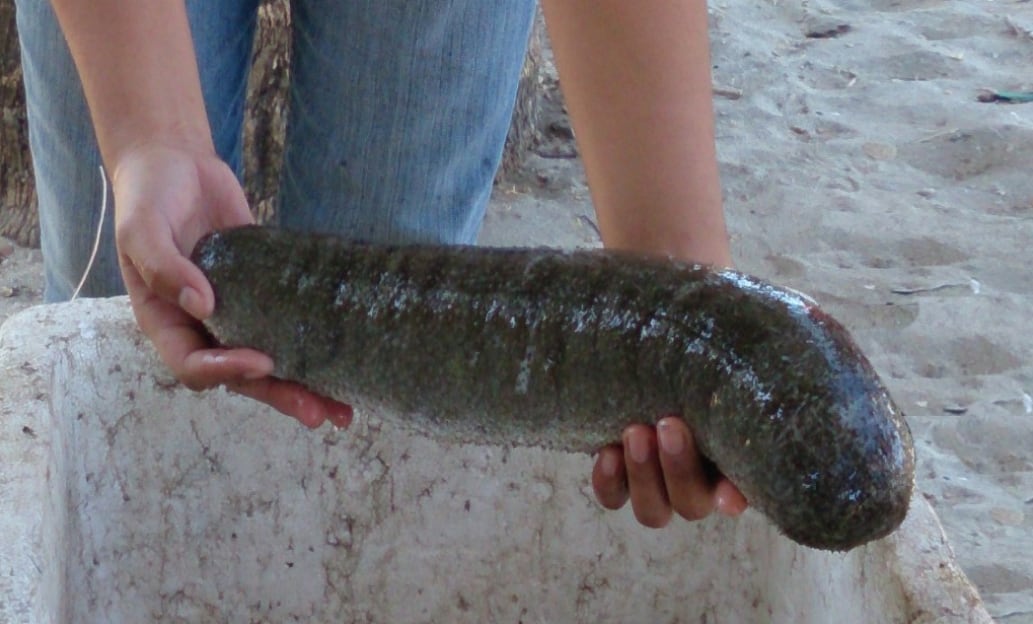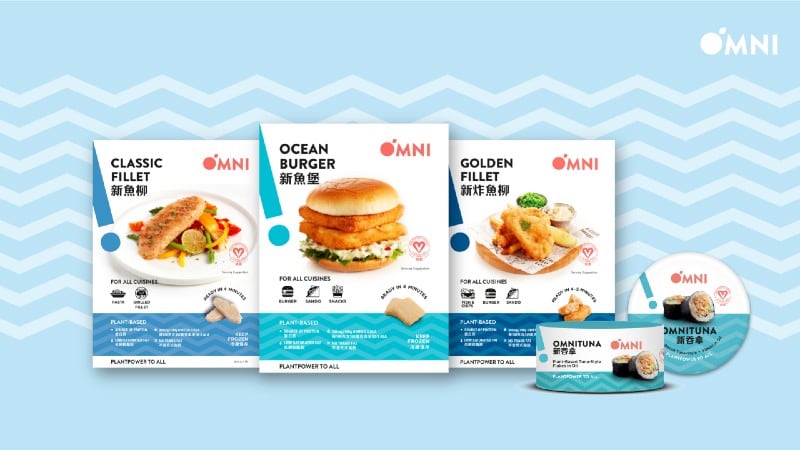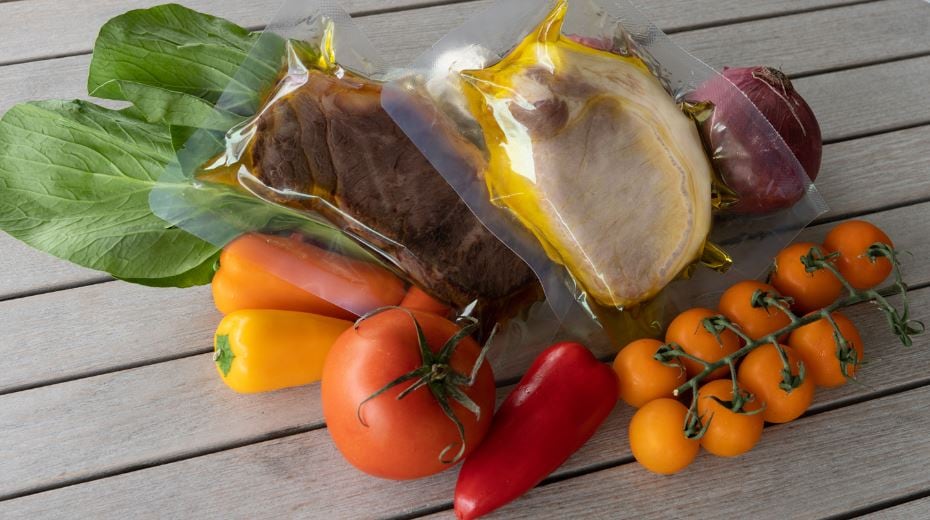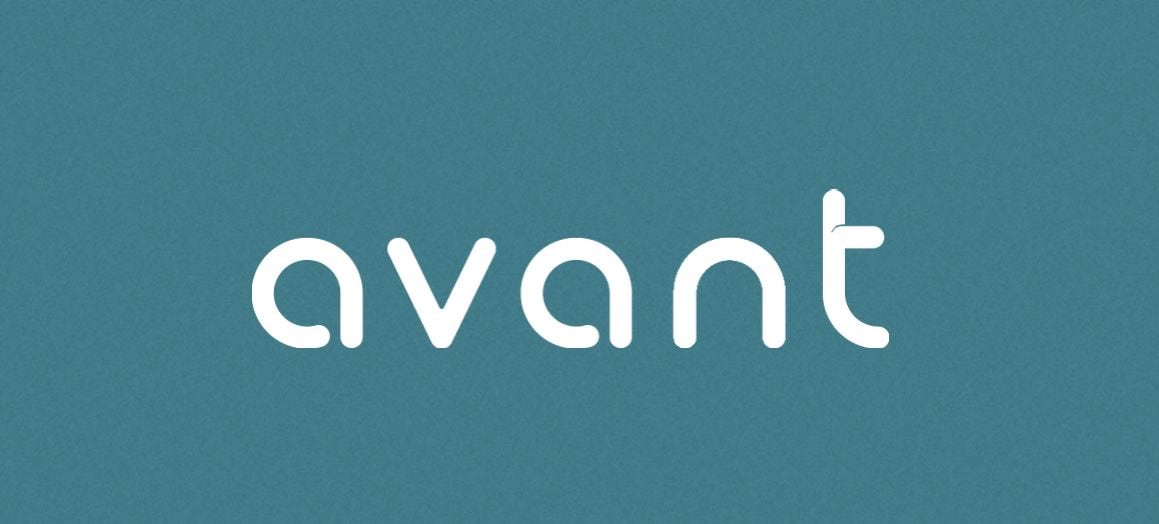The harvest is expected to yield over 50,000 sea cucumbers from its sea farm in the Philippines.
The firm also grows methane-reducing seaweed (Asparagopsis taxiformis) which is a feed additive for livestock.
CEO Brandon Hargraves told FoodNavigator-Asia sustainability was at the core of the company, which was founded in 2020.
“Growing sea cucumbers in an agricultural environment helps with decreasing reliance on wild sea cucumber numbers,” he said.
Instead of farming sea cucumbers in an inland pond under controlled conditions, which most farms do, the company grows its sea cucumbers in a sea farm.
“We know growing them out in the sea is the perfect environment for them with the right nutrients and sediments,” he added.
The firm ensures that its farming process does not harm the environment, which means leaving mangroves untouched, and only constructing nets.
“Sea cucumbers also help clean the seabed, so for our farm, seaweed is grown on the surface, and sea cucumber at the bottom. Any seaweed that falls to the bottom, the sea cucumbers will eat it and there is no issue of a build-up of organic matter on the seabed, like the case with other agricultural operations.”
The firm has devised a method to grow sea cucumbers to two and a half times the size in 12 months, compared to best practice.
Prior to this, farmed sea cucumbers typically take years to grow to a size ready for harvest.
The Aquaculture Group is currently working with a hatchery in the Philippines, and the first harvest of more than 50,000 sea cucumbers is expected in December this year.
The firm is also constructing its own hatchery and hopes to harvest sea cucumbers in the millions by 2023.
It has also committed to releasing 5% of its sea cucumbers from 2023.
Besides sea cucumbers, the company also grows red seaweed, which has been shown to prevent methane production in cattle and other ruminants by up to 99% when fed in small doses. It can be a cost-effective way to address climate change and reduce global greenhouse gases by about 5%.
Expansion plans
The company operates a B2B model, and is currently looking for wholesalers in Singapore, who will then sell its sea cucumbers to restaurants or supermarkets.
“There's a lot of opportunities with sea cucumber, it's not just Singapore, we can do Hong Kong as well as Taiwan,” Hargraves said.
For seaweed, it will mostly deal with feed manufacturers, while the the company also hopes to farm other seafood products in the future.
“There's a lot of different seafood out there that you can grow sustainably. We are thinking of shellfish, which we can grow in the middle layer of the farm, sandwiched between seaweed at the surface and sea cucumber at the bottom.”
It is also planning to grow pearl producing oysters, particularly golden pearls in the Philippines.




